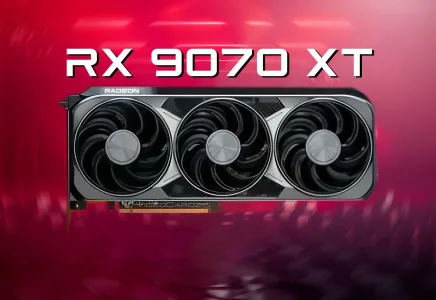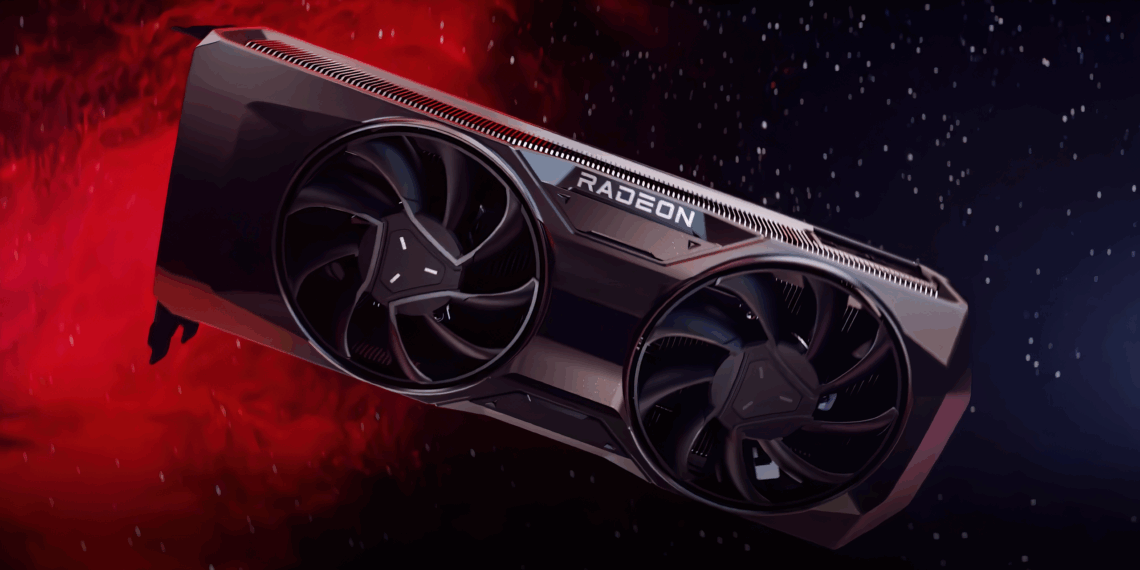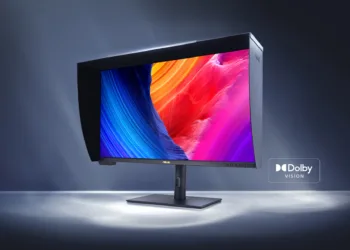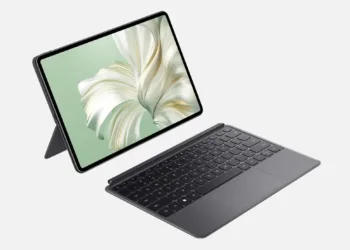AMD notified manufacturing partners of an imminent GPU price increase on November 17, 2025—the second hike in two months. Rising GDDR memory costs driven by AI industry demand force AMD to raise prices across all Radeon graphics cards, workstation GPUs, and AI accelerators, with NVIDIA expected to follow suit by Q1 2026.
Table of Contents
AMD Price Hike Overview
| Detail | Information |
|---|---|
| Announcement | November 17, 2025 (internal notification) |
| Previous Hike | October 2025 (minor, not consumer-facing) |
| Reason | GDDR6/GDDR7 memory procurement costs |
| Affected Products | All Radeon gaming, workstation, AI GPUs |
| Implementation | Next shipment allotment (date TBA) |
| Industry Impact | NVIDIA planning similar Q1 2026 increase |
The DRAM Crisis Explained
GDDR6 memory prices surged 30% in recent months, with contract prices jumping 90%+ since mid-2025. AI data centers consume manufacturing capacity for HBM and advanced DRAM, starving consumer GDDR production lines.
Memory Price Explosion:
- DDR5 RAM: 2x price increase (₹7,000 kits now ₹14,000-18,000)
- GDDR6: 30% procurement cost increase
- DRAM contracts: 171.8% YoY surge (Q3 2025)
- Outpacing gold: DRAM up 171% vs. gold’s 88% gain
For more PC hardware news, follow TechnoSports daily.

Expected GPU Price Increases
| Scenario | VRAM Capacity | Estimated Price Hike |
|---|---|---|
| 30% Memory Increase | 16GB | ₹2,500-3,500 |
| 30% Memory Increase | 12GB | ₹2,000-2,800 |
| 30% Memory Increase | 8GB | ₹1,200-1,800 |
| 50% Memory Increase | 16GB | ₹5,000-8,000 |
| 100% Memory Doubling | 16GB | ₹15,000-25,000 |
Bill of Materials Impact: 16GB GDDR6 cost rising from ₹3,200 to ₹4,000+, with manufacturers passing costs to consumers after accounting for margins.
Why This Hurts Now
GPU prices recently stabilized at or below MSRP for the first time since the crypto boom. AMD’s RX 9060/9070 series launched competitively, but memory shortages threaten to erase affordability gains.
Market Timing:
- Radeon RX 9070 XT (16GB): Currently ₹35,000-40,000 range
- After hike: Potentially ₹38,000-45,000
- Budget/mid-range hardest hit (GDDR6-based models)
For gaming hardware reviews, check our GPU section.
NVIDIA Following Suit
Chinese Board Channel forums confirm NVIDIA acknowledged rising GDDR procurement costs to partners. Price adjustments expected December 2025 or Q1 2026 across RTX 50/40 series.
GeForce RTX Impact Estimates:
- RTX 5070 (12GB GDDR7): +₹2,000-4,000
- RTX 5060 Ti (16GB): +₹3,000-5,000
- RTX 4060 (8GB GDDR6): +₹1,500-2,500
GDDR7’s higher cost compounds the issue for Blackwell-based RTX 50 series.
Root Cause: AI’s Memory Appetite
The Problem:
- AI data centers order gigawatts of capacity requiring massive DRAM
- NVIDIA H100/H200/B200 GPUs prioritize HBM over consumer GDDR
- Memory manufacturers (Samsung, SK Hynix, Micron) haven’t scaled production
- Multi-year contracts lock supply for AI customers
Industry Expert Insight: ADATA chairman Chen Libai calls Q4 2025 the start of a “DRAM bull market,” with shortages persisting through late 2026.
For comprehensive tech industry analysis, bookmark TechnoSports.

What This Means for Gamers
Short-Term (Now – December 2025):
- Buy GPUs immediately if planning upgrades
- Current MSRP/below-MSRP pricing won’t last
- Stock may become limited as partners hoard inventory
Medium-Term (Q1-Q2 2026):
- Expect ₹2,000-8,000 price increases depending on VRAM
- Budget builds become significantly more expensive
- Used GPU market may surge as buyers seek alternatives
Long-Term (2026+):
- Memory shortages could persist 4+ years (contract lengths)
- Only AI market collapse would reverse trend
- PC gaming affordability crisis looms
Should You Buy Now?
Yes, if:
- Planning GPU upgrade within 6 months
- Budget allows current pricing
- Targeting specific model availability
Wait, if:
- Current GPU meets needs for 12+ months
- Hoping for AMD RX 9000 series launch discounts
- Willing to risk higher future prices for better performance
For buying guides and price alerts, explore our hardware section.
AMD vs. NVIDIA: Who’s Hit Harder?
AMD Challenge:
- RX 9060/9070 series uses GDDR6 (already 30% pricier)
- Positioned as value alternative; price hikes hurt brand identity
- Smaller market share (12%) means less negotiating power
NVIDIA Position:
- RTX 50 series uses newer GDDR7 (higher baseline cost)
- 88% market share allows price premium absorption
- Professional/AI segments subsidize gaming losses
Both manufacturers face margin pressure, but AMD’s budget positioning makes increases more damaging to competitive stance.
The Bottom Line
AMD’s second GPU price hike in two months signals the DRAM crisis entering consumer territory. With GDDR memory costs surging 30%+ and NVIDIA planning similar increases, PC gaming faces its biggest affordability challenge since the 2021 crypto boom. Buy now or prepare for ₹2,000-8,000 price jumps as memory shortages persist through 2026.
Track pricing on AMD India and monitor NVIDIA pricing for official announcements.
For daily GPU news, price tracking, and gaming hardware updates, follow TechnoSports!








